|
|
|
|
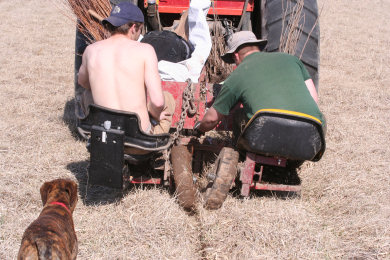
|
|
QFM employees planting trees from the tractor-drawn machine
planter, with the Jeremy's dog, Burt, supervising their progress.
|
|
|
Each spring, Quality Forest Management, LLC. plants several hundred thousand
trees for government agencies and private landowners alike. The vast majority of
the private projects come through the Natural Resource Conservation Service (NRCS)
Conservation Reserve Program (CRP). There are a number of available tree planting
practices through different CRP programs. We specialize in implementing those that
focus on wildlife habitat and stream buffer zone establishment. Both of these
practices involve planting bare root shrub and tree seedlings on ground that typically
has been in some type of agricultural production. Trees are planted either by hand
or with a tree planting machine behind a tractor. As the trees are planted, approved
herbicides are applied to vegetation that may compete for resources with the new trees.
|
|
|
|
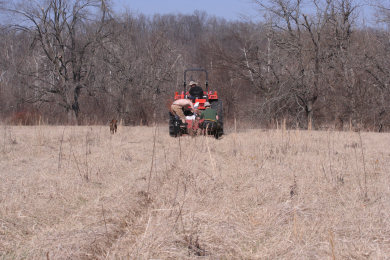
|
|
A row of freshly planted walnuts in a creek-bottom field.
|
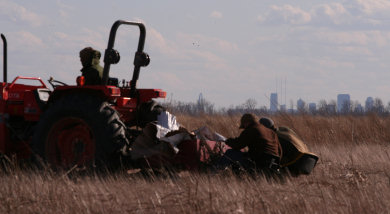
|
|
Planting trees at Columbia Bottoms Conservation Area, with the
St. Louis skyline behind.
|
|
Machine Planting
- Very efficent, can plant up to 25,000 trees in a day
- Ideal for larger jobs with long, straight rows
- Trees are planted on regular spacing, in perfect rows
|
|
|
|
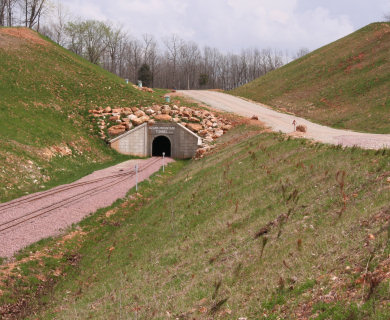
|
|
QFM planted several thousand pines on the banks of a
private railway system in south-central Missouri.
|
|
Hand Planting
- Ideal for smaller jobs
- Size/shape of area to be planted is irrelevant
- Very effective for erosion-control plantings in washouts and ditches
|
|
|
|
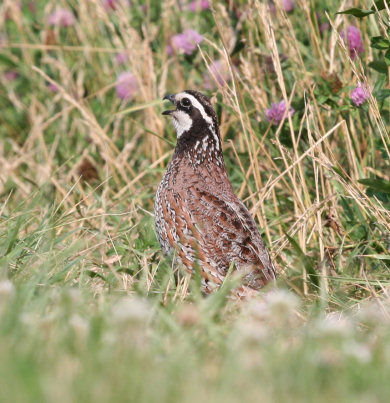
|
|
A male Bobwhite quail whistling.
|
|
Covey Headquarters
QFM regularly plants security cover areas for quail and other small, ground-dwelling animals
known as 'Covey Headquarters'. These areas are commonly planted in conjunction with CRP tree
planting programs, as well as by themselves to improve wildlife habitat
- Small, dense planting of shrubs intended as security and thermal cover for quail
- Typically several spaced around a given farm
- Generally around 30ft x 50ft in size
|
|
|
|
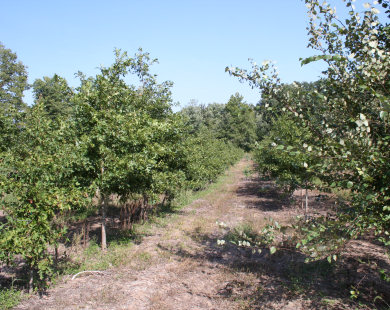
|
|
A 4-year old tree planting, with proper weed control.
|
|
Maintenence Spraying
Annual maintenence spraying of planted trees is one of the most important, as well as
most overlooked aspects of achieving a quality stand. Though it might not seem so,
even mowed fescue can be a serious competitor for light and nutrients to a
young tree. One University of Missouri study showed that in a tree planting that was regularly
mowed between the rows, the trees averaged only 5 feet tall after 9 years. On an adjacent
plot that was given continual weed control, the same tree species averaged 45 feet tall over
the same time span.
|
|
|
|





